First, a big thank you for fixing the code viewing functionality of BBS pico-8 carts.
Now for the ping related problems :
when a user has a space or a minus sign in his user name, the ping is either lost, or worse sent to another user :
For example, user Peter Mosevich won't get pinged because of the space, but unrelated user Peter will.
Support for something like @Peter Mosevich with documentation in the Formatting Help would be welcome.
Tweetcart- all source code is 280 characters or less.
Edit in Education edition here!
The blue lines indicate the trajectory of simulated particles as they are pulled by the planets' gravity. If a particle hits a planet (one of the colored outlines) it colors its originating pixel the color of that planet. If a particle doesn't hit a planet within a certain number of steps in the simulation, it colors the originating pixel black.
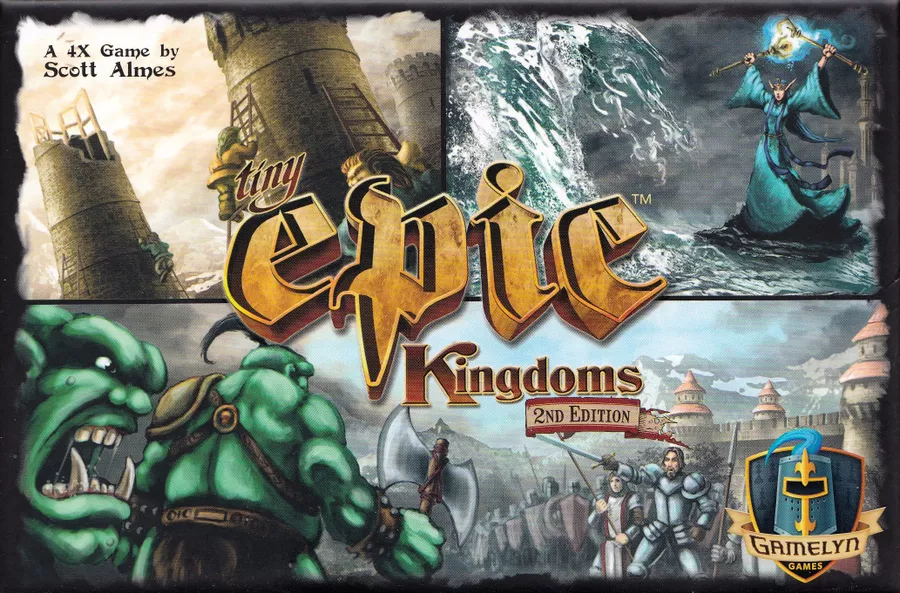
Motivation For the Game
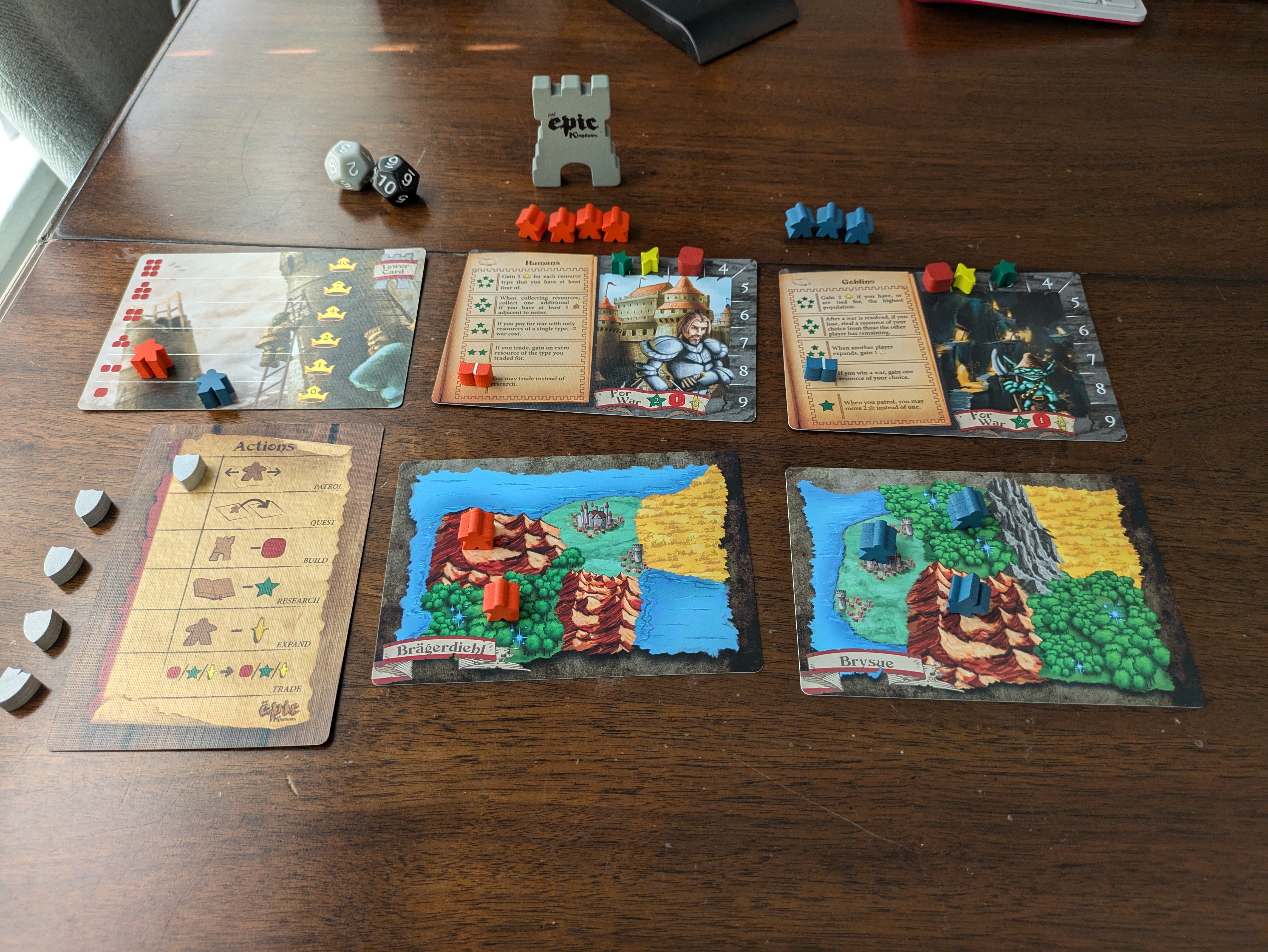
Tiny Epic Kingdoms is one of my favorite boardgames to pick up and play. I love big strategy games but often don't have the time or the people for a massive game of Twilight Imperium (Sardaak N'orr all the way!). I really like that Tiny Epic is a game I can play in less than an hour that gives a similar experience to something like Twilight Imperium or Dune or any other grand strategy boardgame without dedicating a whole day to it.
Deciding to make this Tiny Epic Kingdoms into a Pico 8 cart came from playing the solo variant at a coffee shop while I was killing some time and realizing it would be fairly simple to implement it into Pico 8.
Development
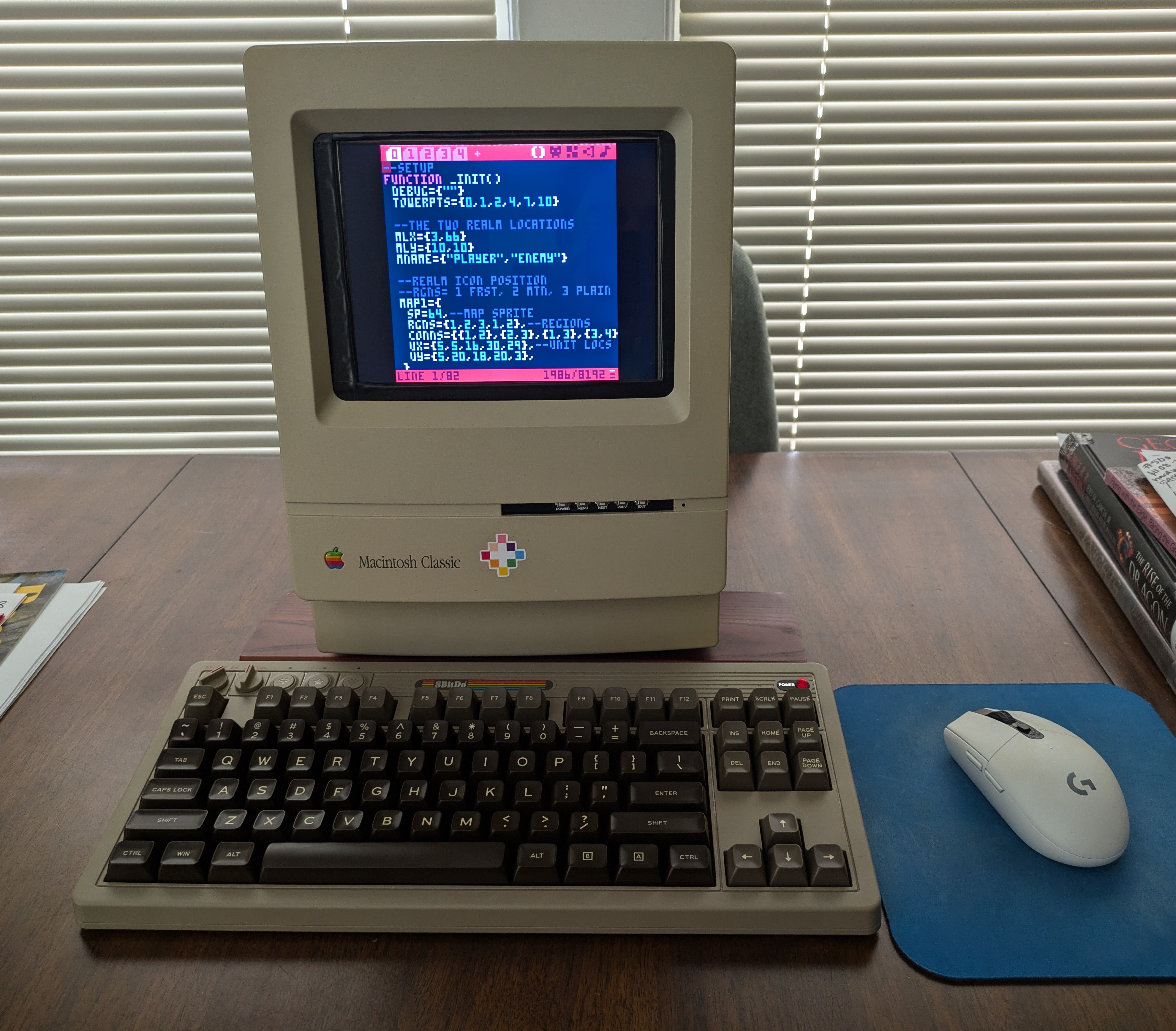
80% of the development was done within the Pico 8 engine with some of the development done on my little Pico 8 mac with a Raspberry Pi 3 inside! I jumped into VSCode in the last stretch for Debugging the AI and cleaning up tokens. It makes things convenient when you need to mass rename something or look at two parts of code quickly. I still enjoy using the Pico 8 internal editor the most. It's so cozy and nice to be able to do everything in the little program.
Currently I'm trying to learn tline() by simply drawing the map. However, I have no idea how the parameters work. Apparently, according to the pico 8 wiki, tline()'s 5th and 6th parameters are expressed in "fractional map tiles" but I don't get what that means...
Can someone give a brief explanation?

Here is a list of bugs/annoyances in the BBS:
Important:
Code preview is broken, if you click on the code button under the pico-8 web player, it doesn't show the code. (It's the right size now, but still no code. Definitely an improvement!)Fixed!
Minor:
- The padding around the pico-8 web player is too big.
- The featured buttons at the top of the BBS don't show the author, it just says "by ".
There are a couple more, but they're not really issues, so I've omitted them.

I made this game a while ago but forgot to ever upload it. Here it is and I hope you enjoy!
How to Play:
- pick up the ball by pressing the shoot button with your hand underneath it
- dribble the ball (by pressing down) to regain energy
- use energy to jump, run, and shoot
- hold run or jump buttons to perform each ability more strongly
- don't forget to choose a course!
I found myself doing BFS over a very large graph space and with vertices that carry a lot of information. My for this solution in C++ was to use bitsets to store the information in a vertex. I found no documentation of bitsets for Pico or Lua, so I thought of something I call a "nibbleset." A nibbleset is a metatable that holds numbers, and each nibble of the set of numbers can be accessed.
nibbleset = {}
--Set nibble at index i to a value v:
function nibbleset.set(a,i,v)
if i/8 > #a then
return
end
local n = ceil(i/8)
local s = tostr(a[n],1)
local tr = "0x"
i-=1 i%=8 i+=1
if(i>4) i+=1
for j=1,9 do
if j==i then
tr..=v
else
tr..=s[j+2]
end
end
a[n]=tonum(tr)
end
--Set nibble at index i to zero:
function nibbleset.reset(a,i)
if i/8 > #a then
return
end
local n = ceil(i/8)
[ [size=16][color=#ffaabb] [ Continue Reading.. ] [/color][/size] ](/bbs/?pid=151989#p) |







 0 comments
0 comments

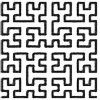
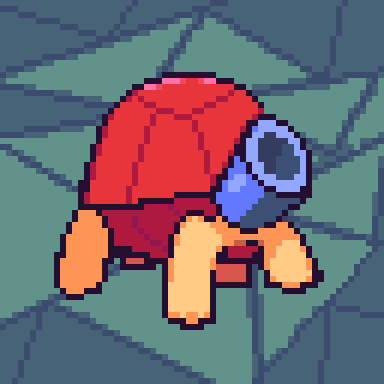

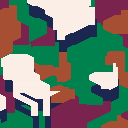

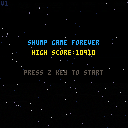

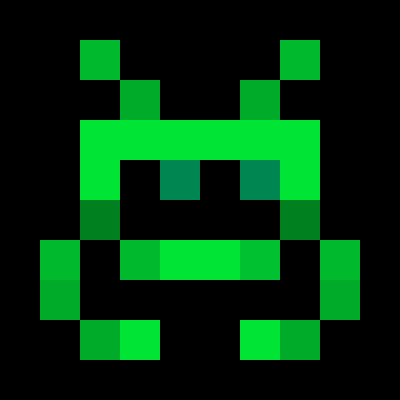



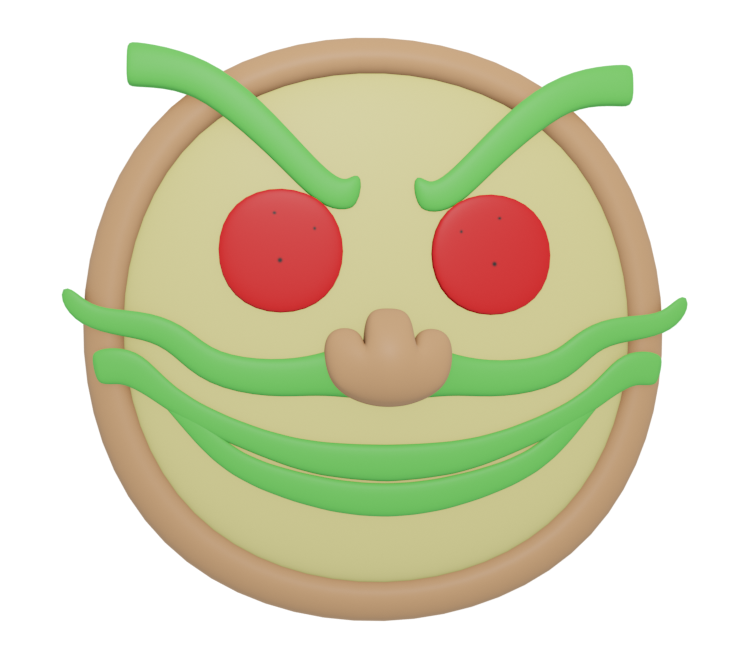
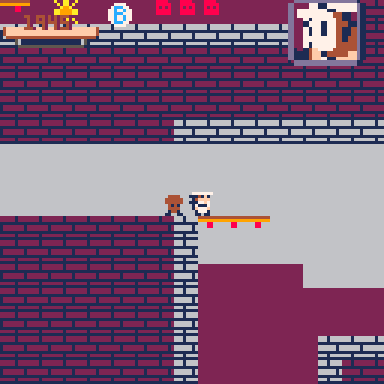 running and walking and running dont work???
running and walking and running dont work???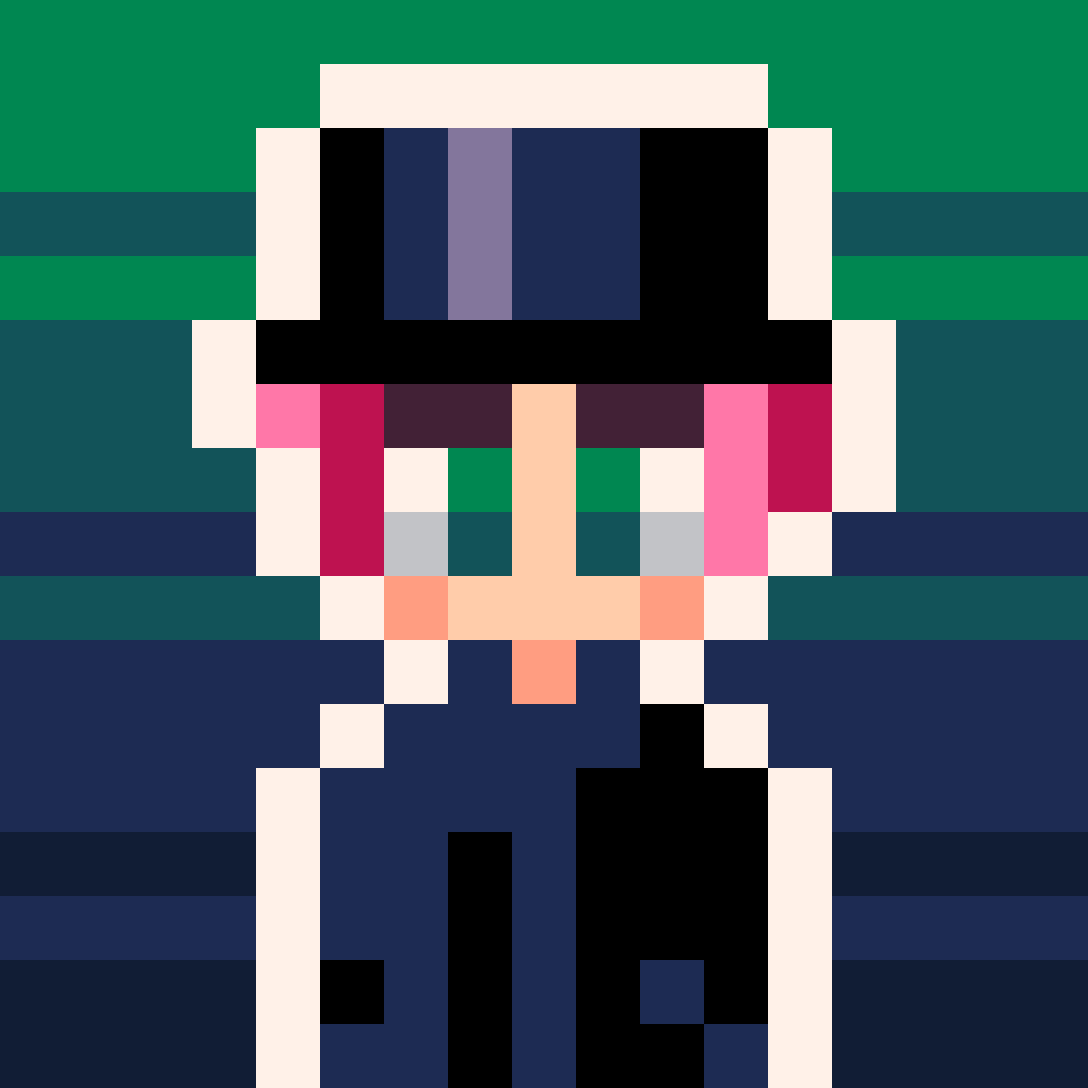
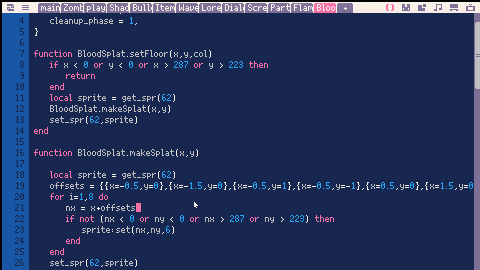
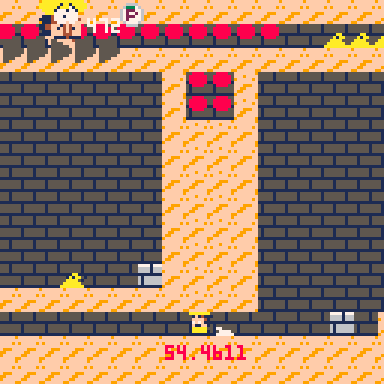
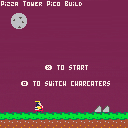
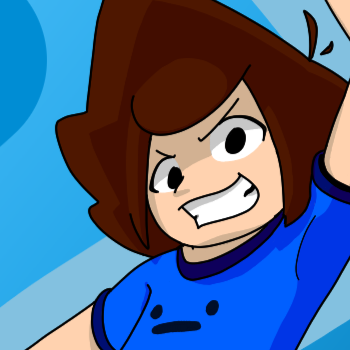
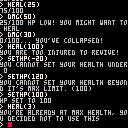

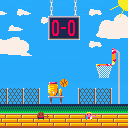
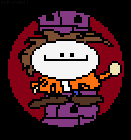
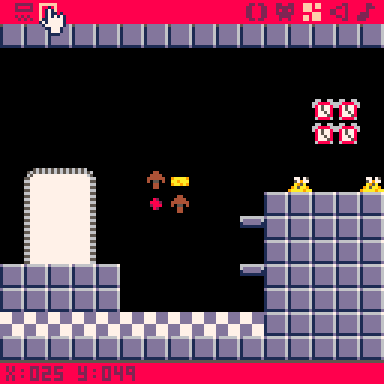 Build john gutter level
Build john gutter level

